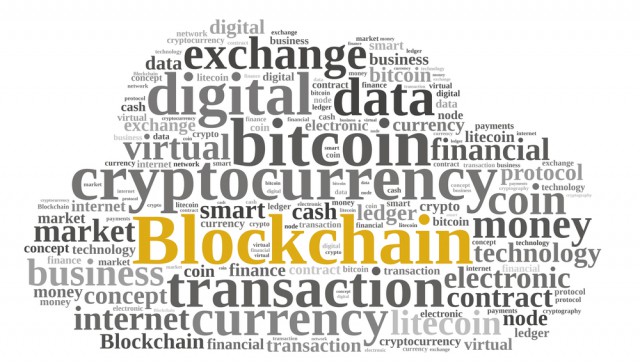By 2025 10% of the world’s GDP will be stored on blockchains or related technologies, according to World Economic Forum. EY claims, that currently blockchain is one of the nine technology-enabled trends (next to e.g. Artificial Intelligence, Internet of Things or Robotic Process Automation) that will drive business and innovation. But what’s the buzz about it? And why there is still lack of understanding and recognition about it’s potential?
Some name it as the “internet of value”, the alternative way of how Internet can be used. We are used to sharing all information through a decentralized online platform (the internet), that anyone can access and modify. However, when it comes to value transfer, like money, we are forced to rely on centralized financial bodies such as banks. Even online payment methods require integration with a bank account or a credit card. The idea behind blockchain technology is that it eliminates this intermediary role since it acts as transaction recorder, identity verifier and contracts establisher at the same time.
How does it work? A blockchain allows anyone to send value or information to any place they want to through connected distribution channels. It works as distributed, decentralized ledger that records every transaction. It is a database and a network of devices, where no single machine contains all the knowledge needed to extract information and value from a transaction. Therefore, it solves the biggest security hurdle related to any transfer of sensitive information. A cybercriminal finds it easy to hack into one device, but what if there are millions of devices, each storing only small piece of information related to a transaction?
It may represent an extreme threat for financial industry, but in fact institutions such as HSBC or Bank of America are incorporating ways to use blockchain technology to simplify their processes. A distributed ledger mechanism allows to view data in a real-time, thus accelerating transaction flow and reducing costs.
Apart from financial applications, blockchain encounters numerous other opportunities. The evolving era of the internet of things (IoT) delivers us more and more devices connected to the internet and provides unified communication between them. But why not go a step further and make these devices collaborate with each other in order to act on our behalf? The new term that describes this collaboration is called the internet of everything (IoE). The IoE is a universal connectivity of people, devices, data and processes. Self-driving truck that delivers goods can now communicate with a closest charging station and recharge itself automatically. But in order for this to happen, there has to be an underlying process of authentication, authorization of energy transfer and transaction recording. Blockchain technology can combine all these elements by providing a mean of algorithmic validation.
Nevertheless, the concept of blockchain technology still faces some technical and regulatory issues, for instance related to taxation of international payments that operate on numerous machines in various countries or lack of any legal frameworks. Other accusations relate to its not revolutionary character and increased automation that may lead to some jobs and services becoming obsolete.
For sure there is a potential that this technology enabler can offer, even though its position at the moment is still insecure. The hype associated with blockchain shouldn’t be underestimated as the impact it might have on the market has the potential to disrupt the way businesses operate.
Sources:
http://www.forbes.com/sites/bernardmarr/2016/05/27/how-blockchain-technology-could-change-the-world/#4ef58fc249e0
https://betterworkingworld.ey.com/better-questions/blockchain-opportunity-or-threat
http://www.reuters.com/article/us-asia-trade-blockchain-idUSKCN10L17D
http://www.recode.net/sponsored/12929410/beyond-iot-how-blockchain-will-help-create-the-collaboration-of-things

